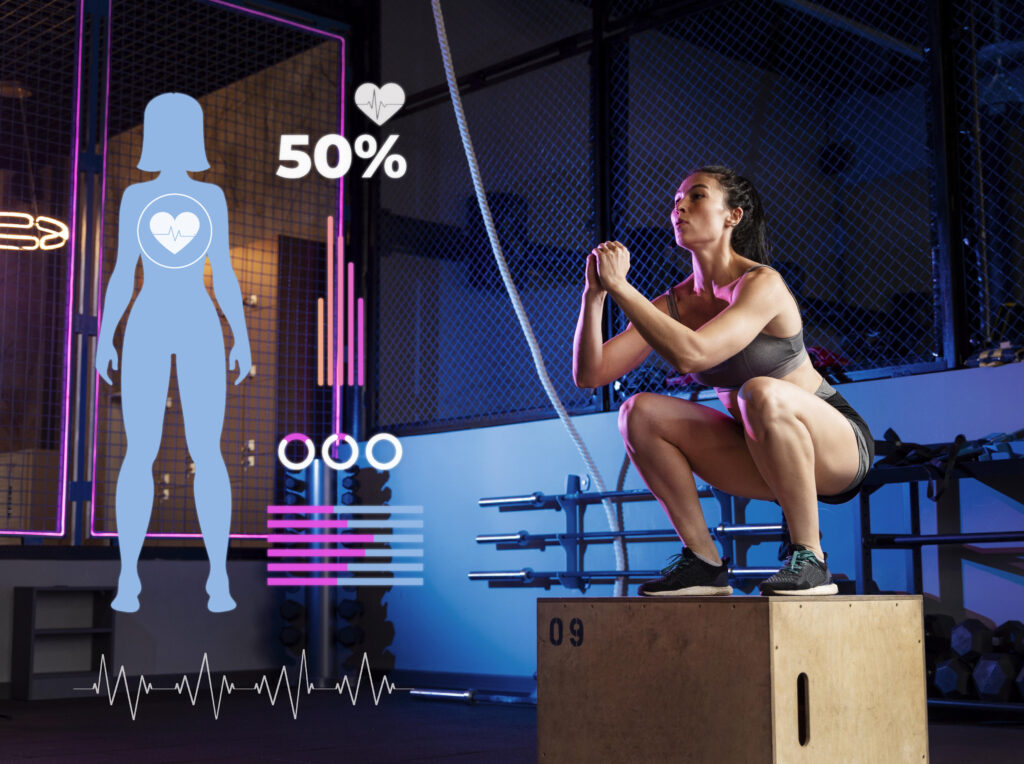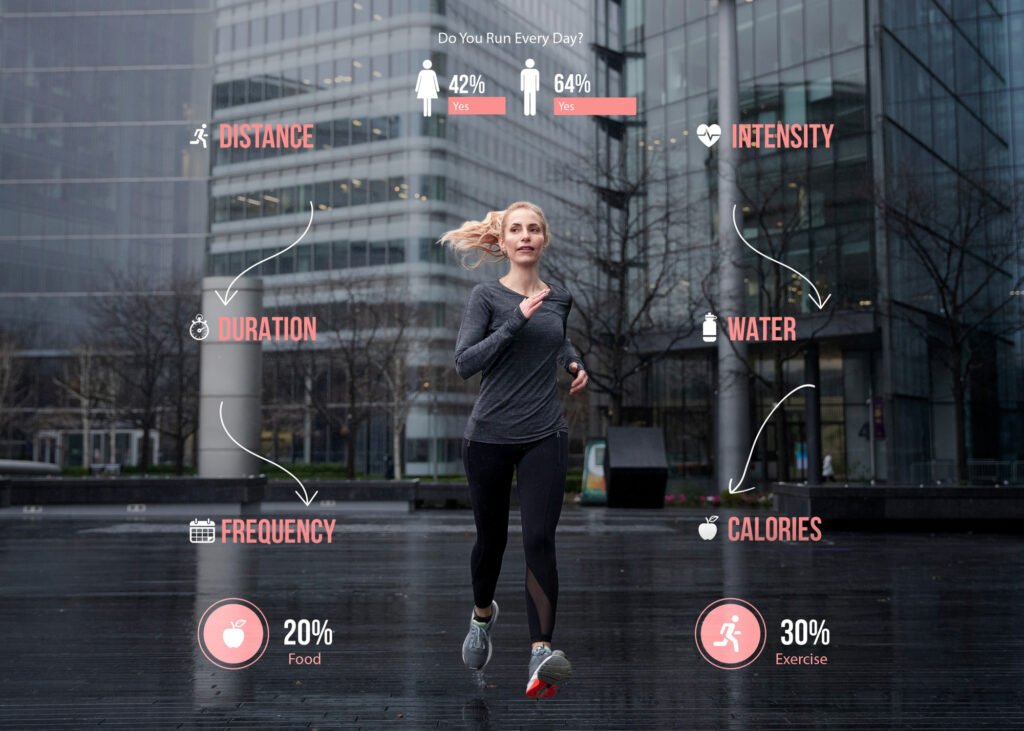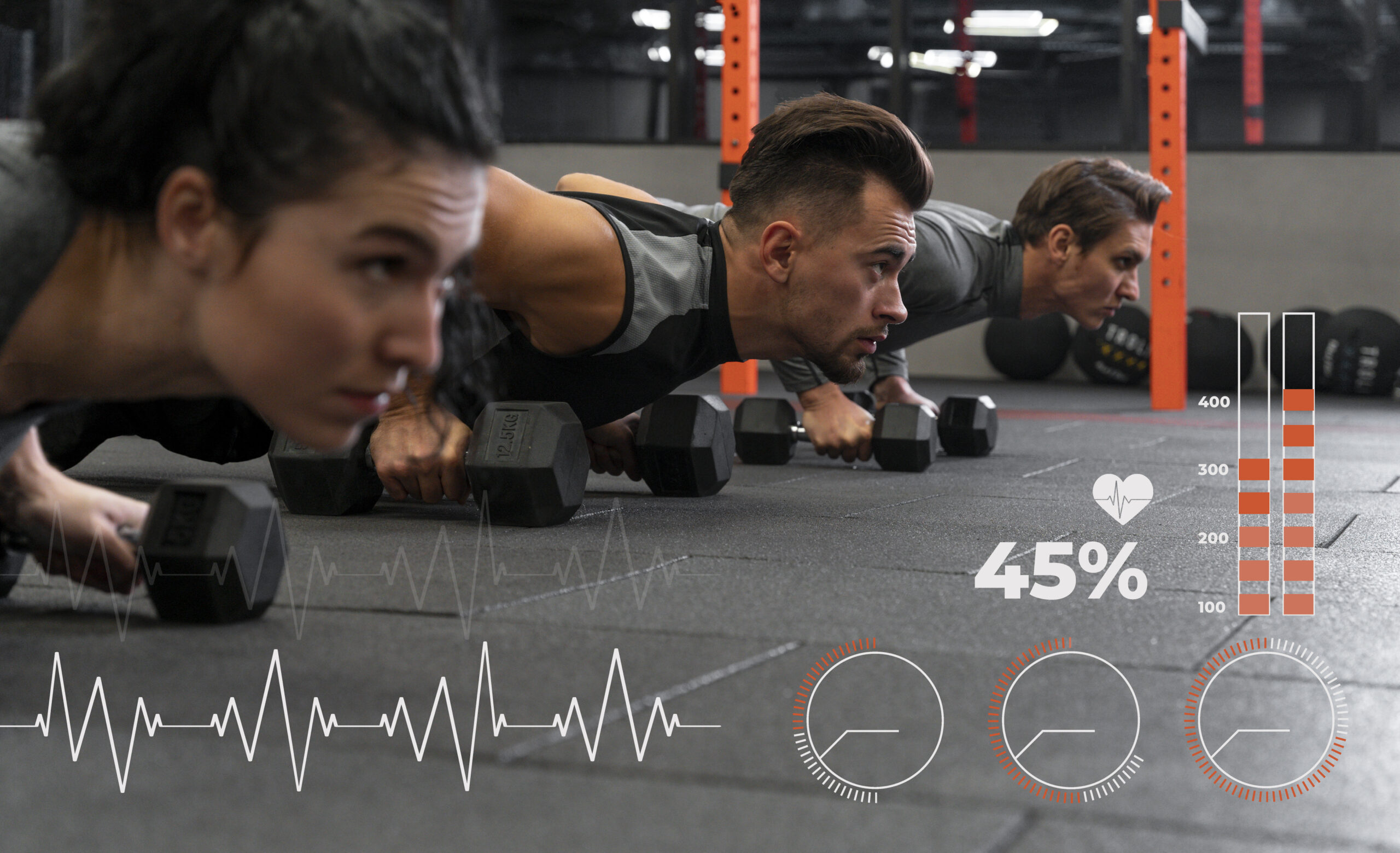Personal training has always been about helping people reach their physical potential, but the tools and methods used to achieve that goal are changing rapidly. The rise of artificial intelligence is ushering in a new era of “smart fitness,” where data-driven insights, adaptive algorithms, and real-time feedback are transforming how trainers design, monitor, and optimize workouts. AI isn’t just improving efficiency—it’s reshaping the very nature of what it means to train, recover, and perform.
The Evolution from Manual Coaching to Intelligent Systems
Traditional fitness coaching relied on human intuition, observation, and trial-and-error adjustments. Trainers would track progress manually and modify programs based on subjective feedback. While effective to a degree, this process was often limited by time, experience, and guesswork. Artificial intelligence has eliminated many of these constraints by offering precise analysis and instant adjustments. AI systems can collect and process large amounts of data—heart rate, movement speed, oxygen use, even emotional tone—and convert it into clear, actionable insights for trainers and clients alike. These insights allow every session to be optimized with surgical precision.
This shift doesn’t make the human trainer obsolete—it elevates their role. Instead of spending hours logging progress or recalculating training loads, trainers can focus on weight management, strategy, motivation, and relationship-building. The technology handles the technical work while the trainer brings empathy, creativity, and human understanding to the process. Together, they form a partnership that delivers results faster and more intelligently than ever before.
Personalized Training Through Predictive Algorithms
The days of one-size-fits-all training programs are quickly fading. AI-powered systems can learn from each individual’s performance patterns, recovery rates, and physical responses to different workouts. These algorithms adapt continuously, predicting what an athlete needs before they even realize it themselves. If fatigue levels are high or recovery is incomplete, the AI can recommend lighter activity or restorative exercises to prevent overtraining. If a client’s progress slows, it can automatically adjust volume, intensity, or rest times.

This level of personalization turns every training plan into a living system—constantly learning and evolving. Trainers gain access to detailed dashboards showing each client’s readiness, energy levels, and long-term trends. It allows them to make evidence-based decisions that maximize performance while minimizing risk. For clients, this means workouts that feel perfectly tailored, efficient, and responsive to their real-time condition rather than static routines on a piece of paper.
AI in Motion and Technique Analysis
One of the most exciting frontiers of AI in fitness is movement recognition and biomechanical analysis. Cameras, sensors, and smart devices can now track joint angles, movement speed, and posture in real time. The system then compares these patterns against ideal movement models and provides instant corrective feedback. This eliminates the guesswork of whether a client’s form is right or wrong.
Trainers can use this data to pinpoint inefficiencies and prevent injuries before they occur. For instance, if a client’s squat depth shortens over time, the AI can flag reduced mobility or early fatigue. If posture drifts during a plank, the system can alert both the client and trainer. This level of precision is revolutionizing how technique is taught and maintained. It’s like having a biomechanist embedded into every session—accurate, immediate, and consistent.
The Role of Wearables and Smart Devices
Wearables are at the heart of smart fitness. From smartwatches and heart monitors to motion-tracking suits, these devices feed data into AI systems that analyze everything from heart rate variability to caloric burn. The difference today is not just in data collection but in data interpretation. AI can integrate information from multiple sensors and interpret the bigger picture—how well the client is adapting, whether recovery is sufficient, or when performance peaks.
For personal trainers, this creates a 24/7 feedback loop. They can monitor a client’s performance, sleep quality, and stress levels remotely, making proactive adjustments to their plans. Clients benefit from continuous guidance rather than once-a-week corrections. This constant connectivity builds accountability, boosts motivation, and keeps progress consistent even outside the gym.
Smart Recovery and Performance Longevity
AI is also transforming recovery—the most overlooked component of training. By analyzing sleep cycles, heart rate variability, and muscle fatigue, AI tools can identify when the body is ready to train and when it needs rest. Instead of relying on subjective cues like soreness, the system uses measurable data to prescribe recovery sessions or modify workloads.

This approach not only improves performance but also prevents burnout and long-term injury. Trainers can now integrate recovery science directly into programming, using AI to balance exertion and regeneration. The result is more sustainable progress, better resilience, and greater performance longevity. As this technology evolves, recovery will no longer be treated as passive downtime—it will become an active, intelligent process.
Integrating Nutrition and Lifestyle Data
The next wave of smart fitness connects physical training with nutrition and lifestyle habits. AI systems can cross-analyze food intake, hydration, and even mood to identify how these factors influence training outcomes. If a client’s recovery drops after poor sleep or inconsistent meals, the AI can correlate patterns and suggest changes. This holistic integration brings the concept of “total wellness coaching” to life.
For personal trainers, having access to such multidimensional insights means they can design more effective and realistic programs. They can align training intensity with caloric intake, hydration levels, and hormonal rhythms. In the future, AI systems could even generate meal recommendations and daily activity reminders based on a client’s evolving physiological profile, making health truly interconnected and automated.
Virtual Coaching and Global Access
The combination of AI and digital communication is breaking down geographical barriers in fitness. Trainers can now coach clients from anywhere using virtual sessions enhanced with motion tracking and automated feedback. AI-driven platforms can evaluate a client’s performance in real time and provide instant corrections, even without the trainer being physically present.
This remote model increases accessibility, affordability, and flexibility for clients worldwide. For trainers, it expands reach and scalability without sacrificing personalization. Virtual coaching powered by AI ensures every client, regardless of location, can receive high-quality, data-informed instruction comparable to in-person sessions. The future of personal training is both global and deeply individualized.
Human-AI Collaboration in Coaching
While AI excels at processing data, the human element remains indispensable. Trainers bring emotional intelligence, motivation, and ethical decision-making—qualities no algorithm can replicate. The future will depend on how well trainers learn to work with AI tools rather than compete against them.
A trainer’s role will evolve into that of a strategist, using AI to interpret data, refine programming, and build trust-based relationships. Those who embrace technology will find themselves more efficient and impactful. They’ll spend less time on repetitive analysis and more time guiding clients through meaningful transformation, both physically and mentally.
Ethical and Practical Considerations
With great data comes great responsibility. As fitness becomes increasingly digital, privacy and data security will become central concerns. Trainers and clients must understand who owns their health data and how it’s used. Transparency and consent will be vital in maintaining trust in AI-driven platforms.
There’s also the question of dependence—how much should we rely on algorithms to tell us how we feel or what we can do? The best systems will encourage self-awareness, not replace it. They will enhance intuition, not override it. The goal should always be empowerment through insight, not control through automation.
The Future of Smart Fitness
AI is not a passing trend—it’s a foundational shift in how we approach fitness, health, and performance. As predictive modeling, biometric analysis, and neural computing continue to advance, personal training will become more scientific, adaptive, and inclusive. The gym of the future will be less about equipment and more about intelligence—machines that think, track, and learn alongside us.
The role of the personal trainer will remain central, but their toolkit will expand dramatically. With AI as their silent partner, trainers will help clients reach new heights of precision, efficiency, and well-being. Smart fitness isn’t about replacing the human connection—it’s about enhancing it with knowledge that was once impossible to obtain. The result will be a future where every workout, every meal, and every recovery cycle contributes to the most optimized version of ourselves.

Leave a Reply